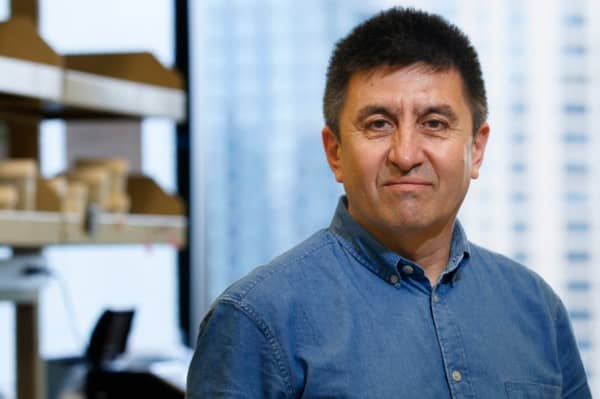In a ground breaking discovery, a team of researchers in Portland, Oregon, US, have successfully made the first attempt at creating genetically modified human embryos, as reported by MIT Technology Review.
The team was led by Shoukhrat Mitalipov of Oregon Health and Science University as they pulled off the change in the DNA of a large number of one-cell embryos using CRISPR, a gene-editing technique CRISPR.
Until now, only three other reports of editing human embryos have surfaced, all three published by scientists in China.
But Mitalipov’s discovery is unique as it has broken the record of the number of modified embryos and has also demonstrated the possibility of modifying defective disease causing genes safely and efficiently.
Although none of the embryos were given enough time to develop except for few days, the eggs were never meant to be implanted into a womb. Instead, the experiment presents a milestone on the journey to create the first genetically modified humans.
By altering the DNA code of human embryos, scientists have given great hope to the possibility of eradicating inherited disease like the blood condition beta-thalassemia. This process of gene editing is termed “germline engineering,” and any genetically modified child would pass the changes to his/her subsequent children through their own germ cells, the egg, and sperm.

While the prospect is hailed by many, it is also bitterly opposed by a host of religious organizations, biotech companies, civil society groups on ethical and moral reasons, and they refuse to accept the notion of welcoming “designer babies” with genetic enhancements into this world.
Even the U.S. intelligence agencies termed CRISPR as a potential “weapon of mass destruction” last year.
Jun Wu, a researcher at the Salk Institute in La Jolla, California, who also played a role in the project, commented on the research,
“So far as I know this will be the first study reported in the U.S.”
The earlier Chinese publications concluded that CRISPR led to editing errors and the desired DNA changes were not translated into all of the embryo cells. This effect was called mosaicism and gave rise to the notion that germline editing is a dangerous way to create a person.
But Mitalipov’s research has shown that it is possible to avoid both mosaicism and “off-target” effects, making CRISPR a possible choice in the future.
“It is proof of principle that it can work. They significantly reduced mosaicism. I don’t think it’s the start of clinical trials yet, but it does take it further than anyone has before,” said a scientist familiar with the project.
Now the world anxiously awaits as the scientists prepare to formally introduce the findings to the world, while different circles debate the possible outcomes of using such a technique.


